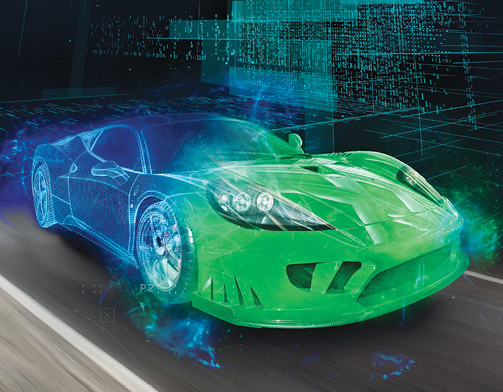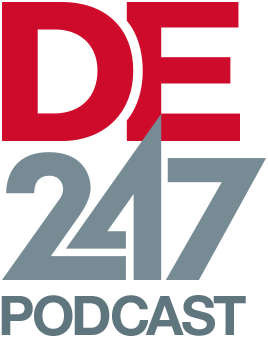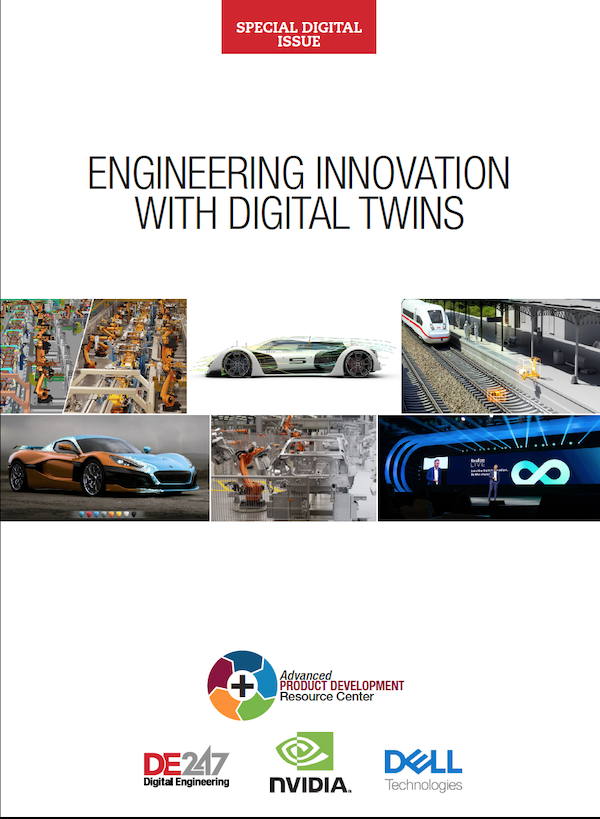View or stream online

Prelude to CAASE21: The Formula for Digital Twins Duration
10:43 hrs/min/sec
Subscribe today

Latest podcast episodes
June 9, 2021
Due to their history, certain industries are better-positioned to take advantage of digital twins, observed Karen E. Wilcox, Director of the Oden Institute for Computational Engineering and Sciences, University of Texas at Austin.
“Many people point to the Apollo Program as the place where the concept was put into practice, because NASA would keep simulators on the ground to follow the progress of the spacecraft,” Wilcox pointed out. This explains the reason aerospace was at the forefront of digital twin adoption and implementation, she added.
But the practice is spreading beyond aerospace. In the civil engineering, architecture, and renewable energy sectors, firms have begun employing digital counterparts of sustainable buildings, wind turbines, and bridges to keep a close eye on the physical assets. “Places where you need to know what's going on with your individual assets, but perhaps human maintenance is too costly or inconvenient—those are the compelling situations for using digital twins,” said Wilcox.
With digital twins, owners and operators often confront the Big Data problem—how to process and extract meaningful data out of the hourly or weekly readings collected from the field devices (such as wind turbines). That's why machine learning is usually a component of digital twins, she pointed out.
“Machine learning brings powerful algorithms and ways of framing the problem so you can learn from the data,” said Wilcox. “But machine learning is just one piece of the problem. You also need the predictive modeling aspect ... so the work that we're doing is an integration of powerful machine learning through the lens of physics-based models.”
At the upcoming CAASE21 online conference, Wilcox will give a talk titled “Digital Twins: From Physics-Based Modeling to Scientific Machine Learning.”
For more, listen to the podcast interview with Wilcox.
Subscribe to our FREE magazine, FREE email newsletters or both!
About the Author
Kenneth Wong is Digital Engineering’s resident blogger and senior editor. Email him at [email protected] or share your thoughts on this article at digitaleng.news/facebook.
Follow DE





